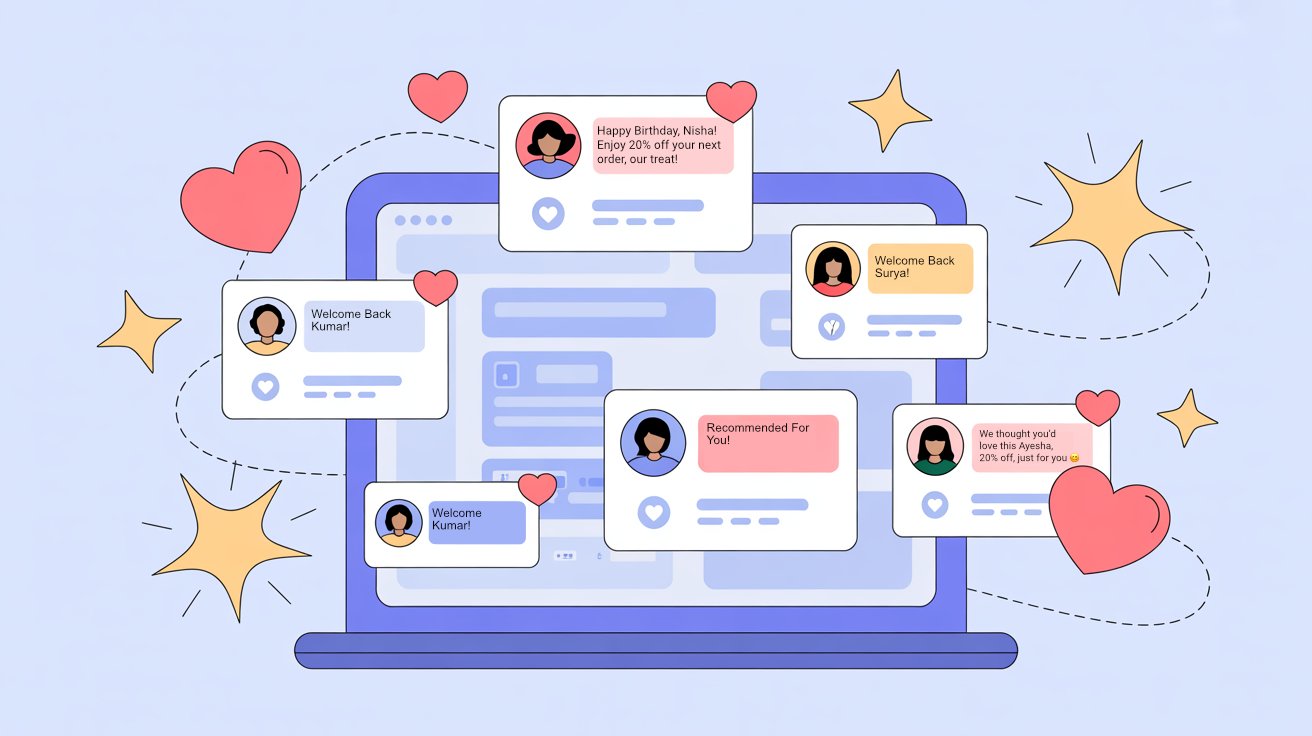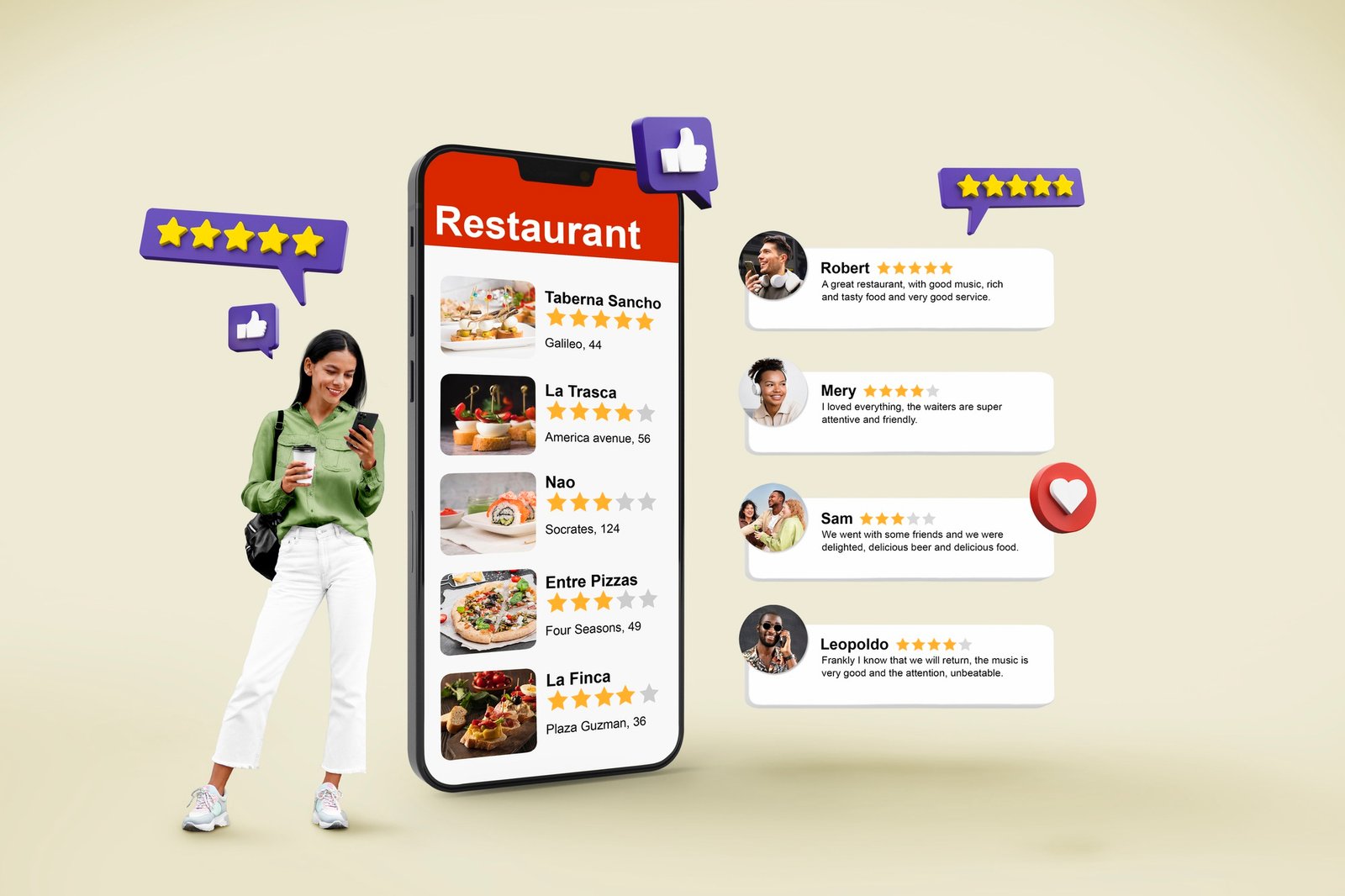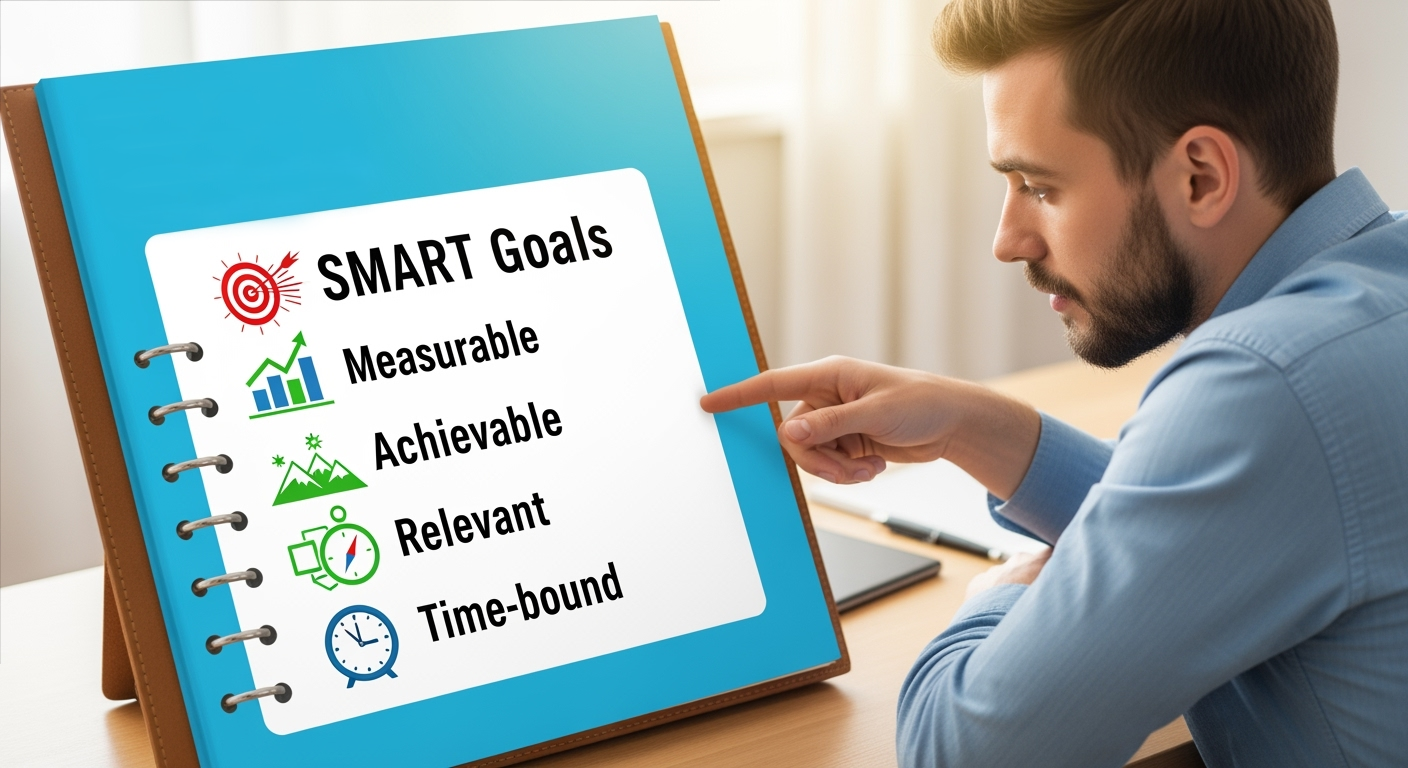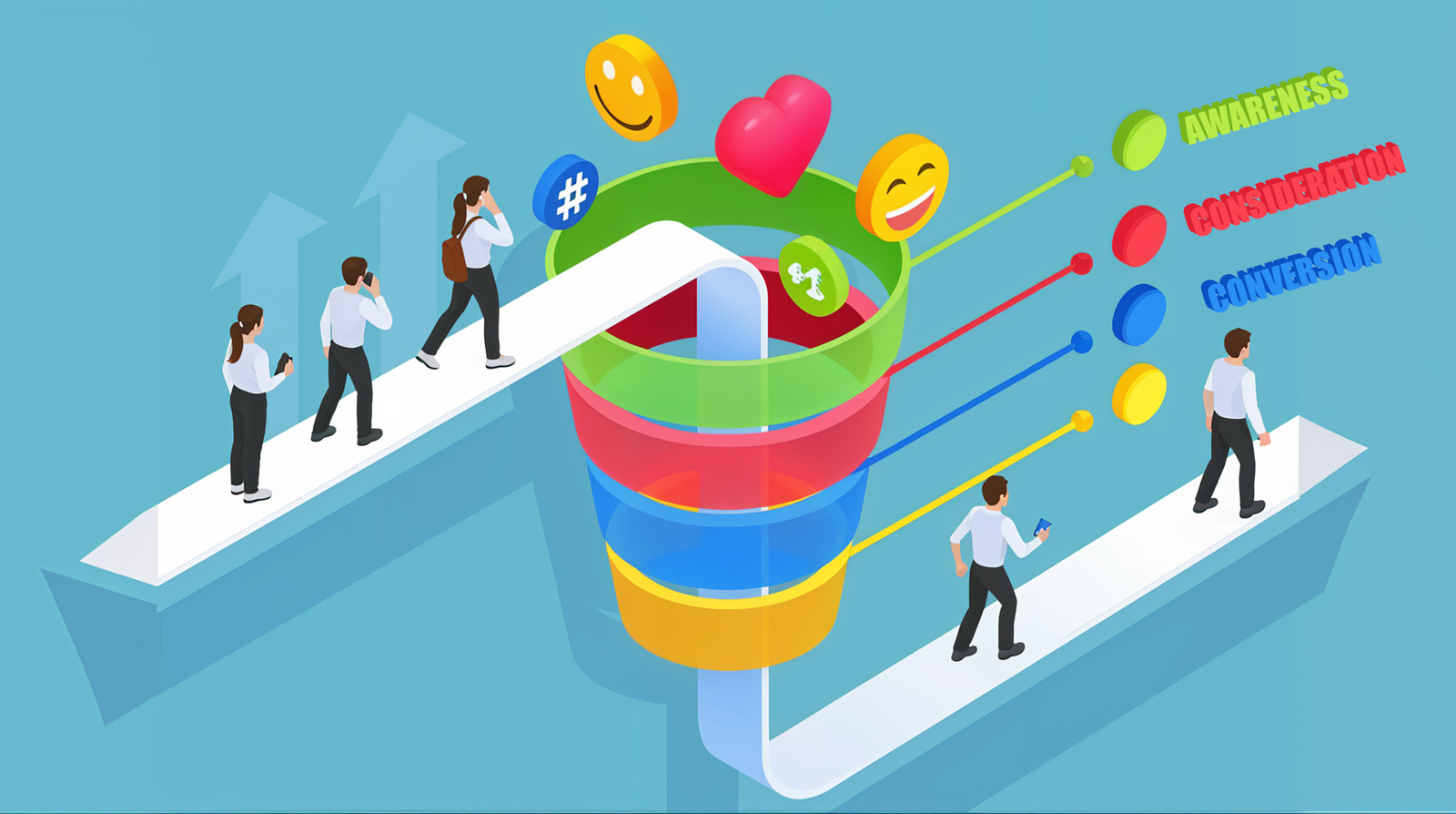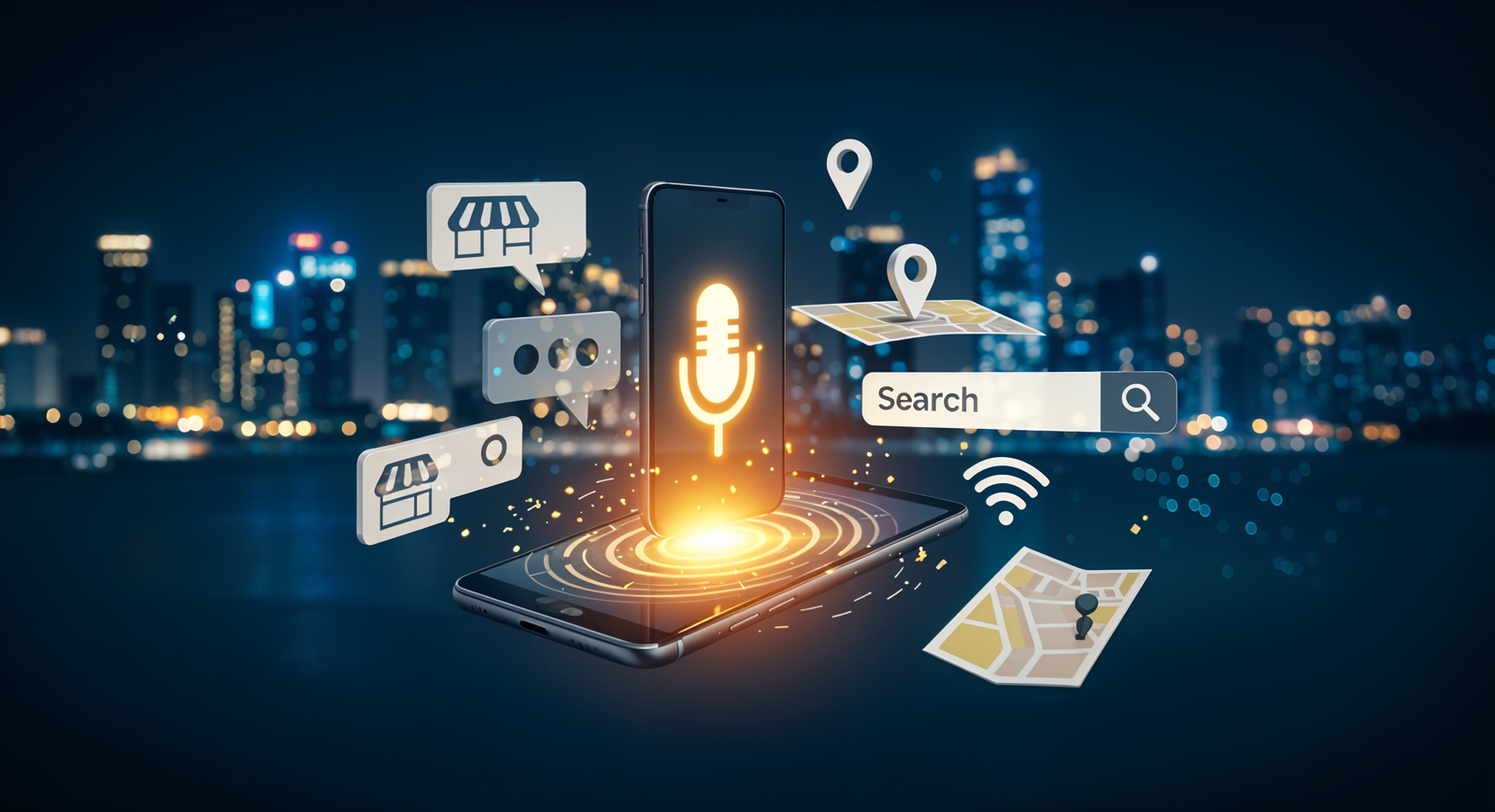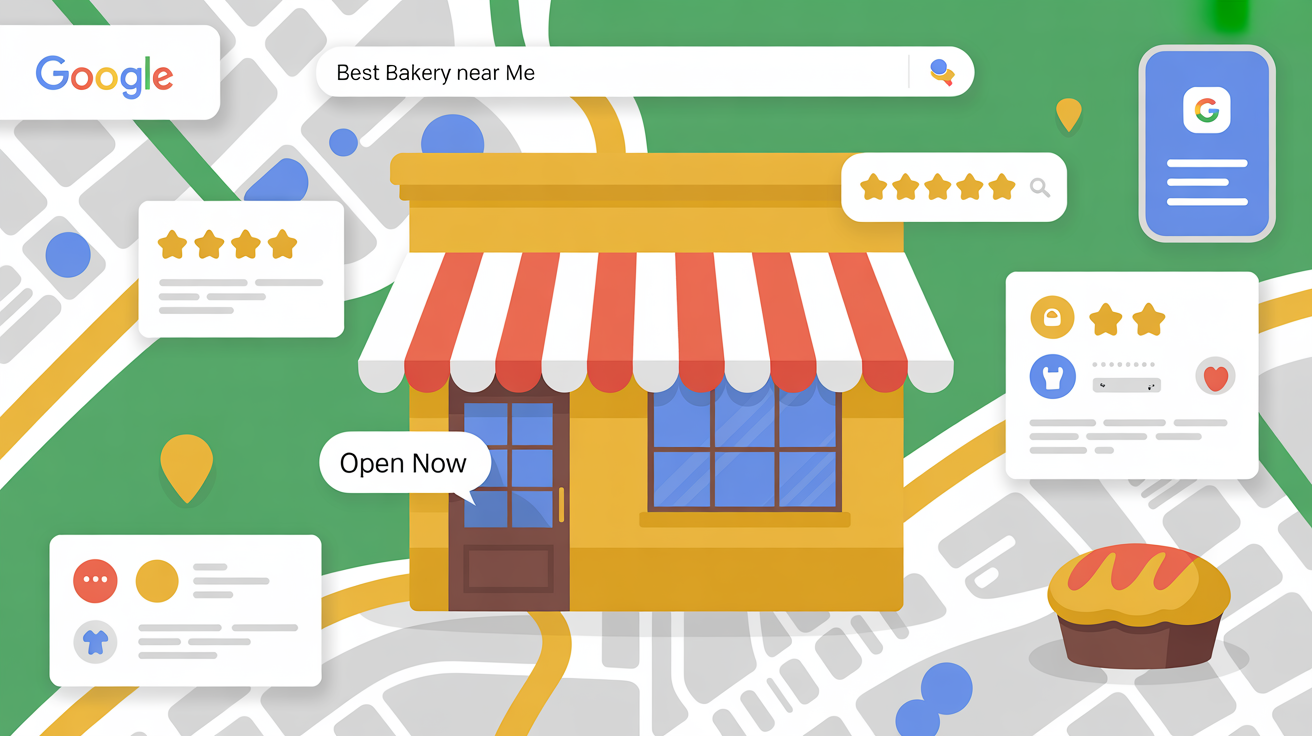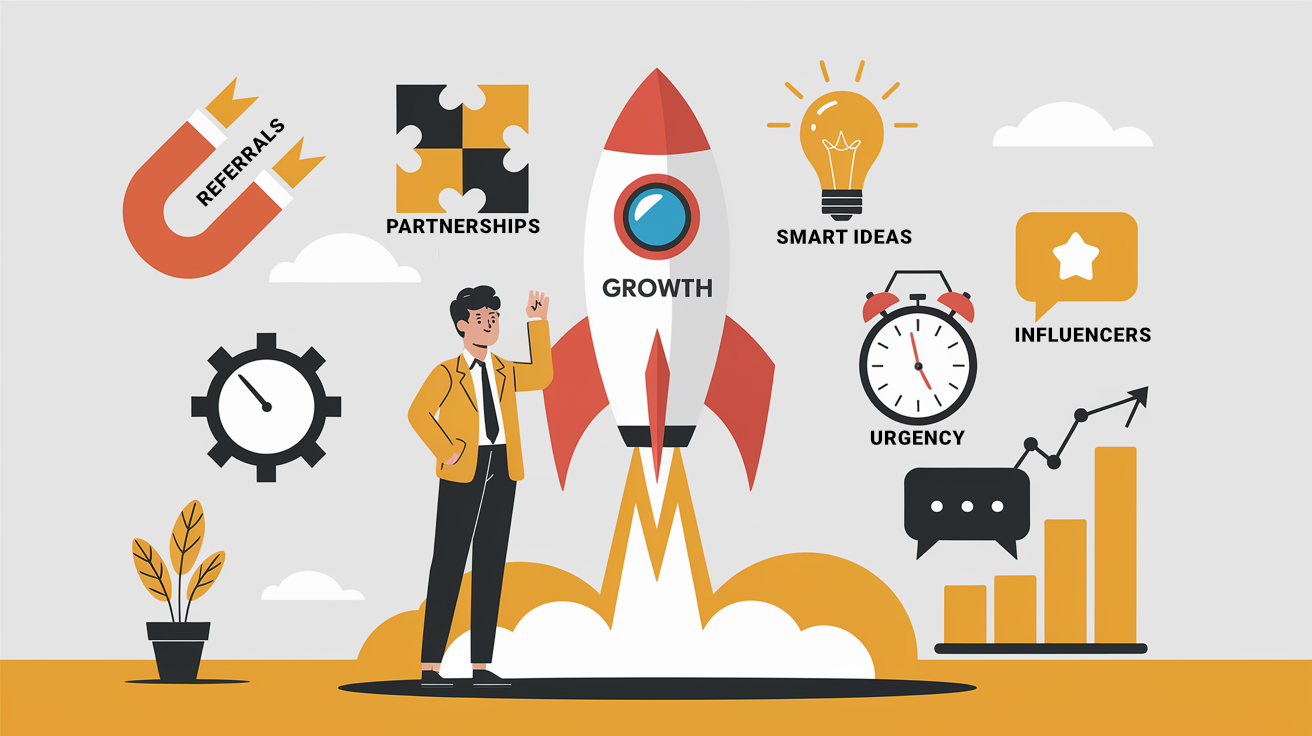The Power of Personalisation in Marketing: How to Make Your Customers Feel Special
How brands can use personalisation to improve engagement and drive sales.
Imagine walking into your favourite café and the barista greets you by name, already preparing your usual order. Feels good, right?
That’s the magic of personalisation – it makes people feel seen, valued, and connected.
Now, imagine translating that feeling into your marketing.
In a world where people are overwhelmed with generic ads and mass emails, personalised marketing cuts through the noise. It tells your customer, “Hey, we know what you like and we’re here for you.”
Whether you’re a small local business or a growing brand, personalisation isn’t just a nice touch – it’s a powerful tool to increase engagement, loyalty, and sales.
Let’s break down what it means, why it works, and how to do it effectively – even on a small business budget.
💡 What Is Personalised Marketing?
Personalised marketing means delivering tailored content, offers, and experiences based on who your customer is, what they like, and how they behave.
It could be:
- An email that greets them by name and offers products based on past purchases
- A website that shows different content depending on user preferences
- A birthday message with a special discount
- A WhatsApp message that says, “Hey Ankit, your favourite black sneakers are back!”
It’s not about being creepy. It’s about being relevant.
📈 Why Personalisation Works (Backed by Data)
- 80% of customers are more likely to buy from brands that offer personalised experiences
- Personalised emails deliver 6x higher transaction rates
- 70% of consumers say a company’s understanding of their needs influences their loyalty
In short, people don’t want more messages. They want better, more relevant ones.
🎯 How Small Businesses Can Use Personalisation Effectively
You don’t need fancy AI or big data tools to personalise. You just need to understand your customers and use the right strategies.
Here are simple, powerful ways to start:
1. Use Their Name (It Still Works)
Whether it’s an email, a message, or a follow-up, using a customer’s name immediately makes it feel personal.
📬 Example: “Hi Priya, here’s a little something just for you.”
🛠️ Use email tools like Mailchimp, Brevo, or Klaviyo to automatically insert names and preferences.
2. Segment Your Audience
Not all your customers are the same. Group them based on:
- Location
- Purchase history
- Browsing behavior
- Interests or demographics
Then send targeted messages instead of one-size-fits-all content.
🎯 Example: If someone always buys organic skincare, show them your new herbal face cream-don’t send offers on men’s grooming kits.
3. Send Behaviour-Based Emails or Messages
Set up automations based on what people do:
- Abandoned cart? Send a reminder.
- Viewed a product multiple times? Offer a limited-time deal.
- Made a purchase? Send a thank-you + cross-sell offer.
🔁 These trigger-based interactions feel personal and timely and convert way better.
4. Create Dynamic Product Recommendations
Show people what they’re most likely to love.
🛒 Tools like Shopify or WooCommerce plugins can display “Recommended for You” sections based on browsing or purchase behavior.
🧠 Even a simple “People like you also bought…” can drive up sales.
5. Celebrate Important Dates
Remembering a customer’s birthday, anniversary, or signup date and sending a special message or discount goes a long way.
🎁 Example: “Happy Birthday, Nisha! Enjoy 20% off your next order, our treat!”
💙 This makes people feel appreciated and more likely to return.
6. Personalise Your Ads
Platforms like Meta and Google allow you to target by interest, behaviour, and demographics.
🧠 Don’t show the same ad to everyone. Run different creatives for different segments (e.g., new moms vs. fitness lovers).
📌 Tip: Retarget website visitors with dynamic product ads showing what they viewed earlier.
7. Use Personalised Landing Pages
If you’re running an ad campaign, the landing page should match the user’s interest.
📄 Example: Someone clicks an ad for a summer kurta collection, don’t send them to your homepage. Send them to a curated page with the exact kurtas they came for.
🔍 Better alignment = better conversions.
8. Use WhatsApp or SMS Thoughtfully
Many small businesses in India are using WhatsApp to send order updates, promotions, and personalised messages.
📲 Don’t spam. Instead, send offers based on past orders or send a friendly “We miss you!” message with a small incentive.
✨ It’s personal, direct, and highly effective when done right.
💬 Bonus: Human Tone = Personalisation
Personalisation isn’t just about data-it’s also about tone.
Ditch the robotic language. Be warm. Be conversational. Be human.
Instead of:
“Enjoy our 20% discount this week.”
Try:
“We thought you’d love this Ayesha, 20% off, just for you 😊”
🧠 Why This Matters for Branding
When done right, personalisation doesn’t just boost sales – it strengthens your brand identity.
It tells your customers:
- “We see you.”
- “We get you.”
- “We care.”
That’s how relationships are built, and relationships lead to loyalty.
Final Thoughts: People Buy from Brands That Know Them
Personalisation is no longer a luxury. It’s the expectation.
But here’s the good news: Small businesses actually have the upper hand. You know your customers better. You have real conversations with them. You remember their preferences.
Now it’s time to use that insight to make your marketing feel like a one-on-one conversation, not a billboard.
Start small. Start smart. And remember, when you make your customers feel special, they’ll keep coming back.
Want Help Creating Personalised Campaigns?
Our digital marketing team can help you set up email flows, WhatsApp messages, and ad targeting that make your customers feel like VIPs. Let’s talk!

